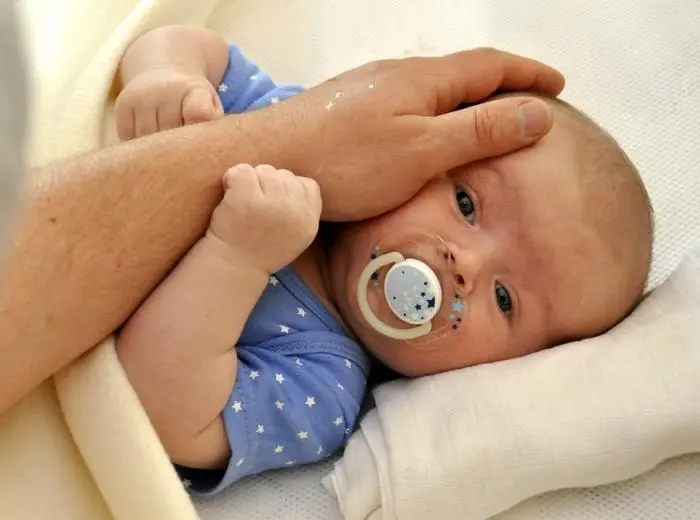Two-child benefit limit

Does cutting benefits for low-income families with children reduce fertility? When George Osborne announced the two-child limit on social security benefits, he said the aim was to ensure that families in receipt of benefits faced the same financial choices about having children as those supporting themselves solely in work. Five years on from the introduction of the limit, Nuffield Foundation-funded research by LSE, King’s College London and the University of York finds the policy led to only a small decline in fertility among those households directly affected.
The research found that the two-child limit has led to a decline in the number of third and subsequent births of approximately 5,600 a year, just under 1 percent of total annual births in England and Wales. It examined fertility trends among adult women of childbearing age, both those affected by the policy and those who were not, allowing for differential fertility trends between low-income women and others, and between those who already had two or more children and those who did not. This analysis suggested that the two-child limit had a measurable, but relatively small, impact on the number of births to affected families; the probability of having a third or subsequent child declined by 0.36 percentage points (or 5 percent) after the limit was introduced.
This is a much smaller effect than one would expect given existing evidence on welfare and fertility; previous research, based on the impact of benefit increases in the early 2000s, suggested that increases in child-related benefits lead to relatively large increases in fertility – approximately 3 times as large as our estimate.
The researchers say this implies that the main result of the two-child limit is to deprive families living on a low-income of approximately £3000 a year which will inevitably lead to dramatic increases in child poverty among larger families. This comes on top of existing and sharp increases in child poverty among larger families due to social security cuts over the last decade. Since 2013/14, child poverty among larger families has risen dramatically; almost half of all children living in families with more than two children are in poverty. Their results suggest that this will be worsened considerably by the two-child limit.
Mary Reader, Research Officer at the Centre for Analysis of Social Exclusion (CASE) at LSE and lead author of the paper, said: "This research shows that the ostensible rationale behind the two-child limit is fundamentally flawed. The policy assumed that cutting child-related benefits for low-income families would disincentivise families from having more than two children. But our research shows that fertility has declined only slightly. This is likely to be in part due to low awareness of the policy, but we also think it may be due to the relative ‘stickiness’ of fertility preferences: if someone really wants to have a child, they are unlikely to decide not to just because they won’t receive state support for that child."
Alex Beer, Welfare Programme Head at the Nuffield Foundation said: "Over the past five years, the two-child limit has only had a small effect on whether families had a third or subsequent child. Instead, the policy has withdrawn significant resources from larger families living on a low-income, which was putting their mental health and wellbeing at risk, even before the recent cost of living increases."
The research was conducted by Mary Reader, LSE, Jonathan Portes, King’s College London, and Ruth Patrick, University of York. Copies of the research paper can be downloaded here; a non-technical summary is available here.
It was funded by the Nuffield Foundation, an independent charitable trust with a mission to advance social well-being. It funds research that informs social policy, primarily in Education, Welfare, and Justice. It also funds student programmes that provide opportunities for young people to develop skills in quantitative and scientific methods. The Nuffield Foundation is the founder and co-funder of the Nuffield Council on Bioethics and the Ada Lovelace Institute. The Foundation has funded this project, but the views expressed are those of the authors and not necessarily the Foundation. Visit www.nuffieldfoundation.org